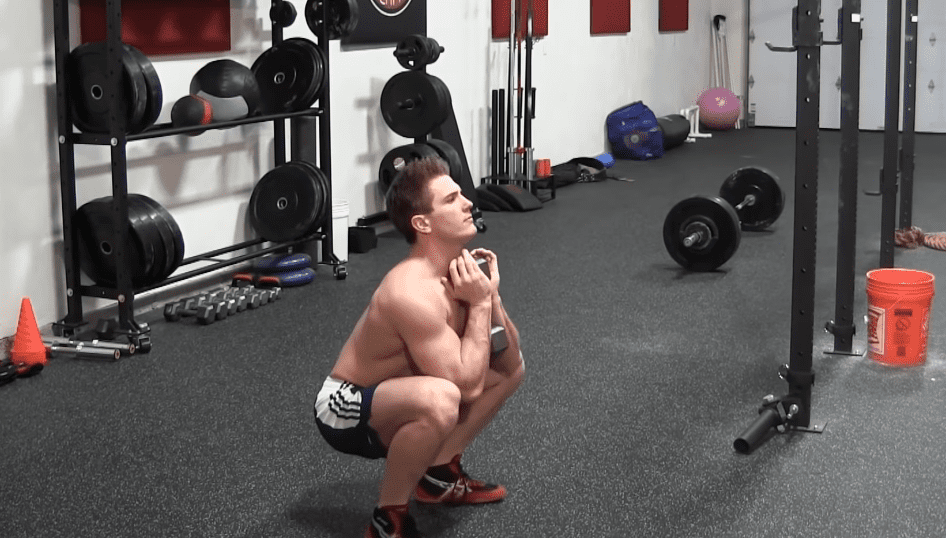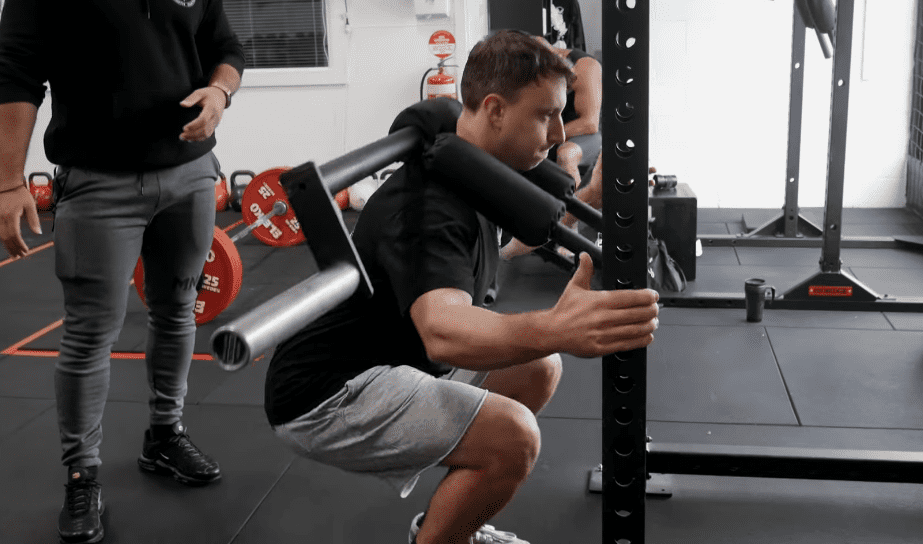The Reverse Hack Squat is the one exercise that can simultaneously make you feel like the king of the world while also leaving you feeling completely and utterly defeated.
There is no in-between with this move. You either love it, or you hate it. There is no way to do it half-heartedly. You have to go all in, or you might as well not even bother.
But what if I were to tell you that there is a way to get all of the benefits of the reverse hack squat without putting your body through the torture required to execute it properly?
What are the best reverse hack squat alternatives?
There are many reasons why a Reverse Squat Hack or Hack Squat is the best exercise that you can choose to work out your leg muscles. But other options can be used as alternatives to the Reverse Squat Hack.
Here are 9 alternatives to hack squats:
- V-Squat
- Barbell Hack Squats
- Leg Press
- Belt Squat
- Goblet Squat
- Landmine Squat
- Safety Bar Squat
- Front Squat
- Hatfield Squat
1. V-Squat
The v-squat is an excellent substitute for the hack squat because it focuses largely on isolating the quadriceps and employs a motor pattern similar to the hack squat.

The v-squat and the hack squat are similar in how they perform physically. As a machine-assisted exercise, it eliminates the need to stabilize as with a free-weight exercise.
Although it is an excellent exercise for working the quadriceps and glutes, it demands a slight forward torso tilt throughout the whole range of action.
This is because it works the quads and glutes so well.
When compared to the hack squat, the v-squat will lead you to engage your stomach and back muscles somewhat more than the latter will during the hack squat.
How To Perform It?
- Your normal squatting position should be maintained after you get onto the v-squat platform.
- Check that your shoulders are touching the shoulder pads and adjust accordingly.
- Grab the grips that are located on either side of your shoulders.
- Step up and ensure the stopper is open when everything is set.
- Bend forward from the knees to descend.
- When you have reached the required depth, move the platform out of the way so that you may stand up.
- At the end of your set, ensure the stopper is engaged so you may exit the machine.
How To Ace It?
When performing v-squats, adopting a narrower-than-normal stance and positioning your feet closer to the platform’s base can help you target your quads more effectively.
2. Leg Press
The leg press is a perfect substitute for the hack squat since it primarily targets the quadriceps and glutes without compressing the spine as the hack squat does.

The leg press is another exercise that may be done on a machine, just like the hack squat. The leg press and hack squat work the same muscle groups, but unlike the hack squat, the leg press does not put any axial strain on the spine.
The leg press will also be easier on your body than the free-weight alternatives I will discuss below.
You may also like to read:
How To Perform It?
- Lay down on the machine with your feet on the raised platform.
- Your posture may resemble the one you use when performing back squats.
- Ensure you fully extend your legs when ready, then release the security latches.
- Start by bending forward at the knees until your thighs parallel the floor or slightly below.
- You must move the platform away from you to return to the starting position.
How To Ace It?
You should be able to load a lot more weight than you could with the hack squat if you perform the leg press instead.
Because of this, when you initially start using this machine, I would suggest that you do heavier leaps in weight (ranging from 50 to 90 pounds overall for every jump).
Doing so will reduce the number of unneeded sets you would have been forced to perform in the alternative.
3. Barbell Hack Squat
The barbell hack squat is an excellent alternative to the hack squat exercise that is performed on a machine because it is quite similar to that exercise.
You will be applying load by holding a barbell behind your legs in a specific posture as you perform this exercise.
You will need to bend your knees more than usual to maintain your balance when using the barbell, but doing so will allow you to stand up taller.

The benefits of the barbell hack squat are very similar to those of the regular hack squat. However, because it involves free weights, it will be more difficult to finish.
Considering this, it’s conceivable you’ll need to lighten the weight on the barbell and complete a few more rounds of exercises to get used to the range of motion.
How To Perform It?
- The same way you would for a deadlift, attach a barbell.
- Stand to the front of the bar.
- Hold the bar by stooping and doing so.
- To get up, push the ground away.
- When you stand, the bar will run along the backs of your legs, offering resistance to your motion.
- As you descend, you should simultaneously bend your hips and knees.
How To Ace It?
If you are having trouble with this activity, I recommend using a power rack since it will help you get the bar in the right place.
Perform a few sets with the barbell positioned to be approximately knee-high by adjusting the height of the spotter’s arms.
You may gradually reduce the height of the spotter’s arms until you begin each repetition with the bar on the floor. This will allow you to get more comfortable with the exercise.
You begin with the barbell behind you, instead of in front of you, as in a rack deadlift.
4. Goblet Squat
Using a dumbbell or kettlebell, the goblet squat is a form of squatting comparable to the hack squat.

Although it is sometimes used as a starting point for more advanced squat variations, the goblet squat allows the lifter to keep a reasonably upright torso position throughout the whole exercise (front, back, and safety bar).
Even though it is not a machine-based alternative to the hack squat, the goblet squat places a great demand on the quadriceps and glutes due to the joint angles that are observed in the movement.
How To Perform It?
- Pick up a single dumbbell and place it on its upright side.
- As you hold the dumbbell, you should arrange your hands so that your palms support the underside of the upper part.
- Always keep the dumbbell at a comfortable distance from your chest.
- If you want to get down, you should bend at the knees and the hips at the same time.
- As you approach the bottom position, remember to keep your balance in the middle of your foot.
- To get up, picture yourself pushing the ground away from you.
- Maintain your upright position throughout the whole activity, particularly as you climb.
How To Ace It?
One typical criticism about the goblet squat is that it hurts the wrists.
Avoid this by always keeping your arms close to your body with your elbows tucked in. With this, you can keep the dumbbell steady without putting undue pressure on your wrists.
Also read:
- What Is A Vibration Plate? 7 Health Benefits Of Vibration Plate
- Best Hammer Strength Chest Press Alternatives
5. Landmine Squat
The landmine squat is an excellent alternative to the hack squat because it enables you to keep your back relatively straight while adequately loading your quadriceps.

As an alternative to the goblet squat, weightlifters often opt for the landmine squat if their dumbbell has become too difficult to grip.
Landmine squats are easier to perform since the barbell only has to support a fraction of the weight that would otherwise be placed on it.
How To Perform It?
- The landmine attachment requires a barbell to be placed in it.
- Put some weight on the barbell that is at the other end.
- Any plates heavier than 25 pounds will limit your mobility too much for this exercise.
- Raise the bar smoothly from the floor to a position in front of your chest.
- Start your descent after angling your feet slightly behind you, which will cause your body to lean slightly forward.
- When you have reached the appropriate depth, you should stand back up.
How To Ace It?
For the landmine squat, I recommend moving your feet back slightly and letting your body push forward onto the bar. This will help you achieve a deeper squat.
Keep a little forward lean as you lower yourself into a squat; this will help you avoid putting too much weight on your heels and will lessen the sensation that you’re going to fall backward.
6. Belt Squat
The belt squat is an excellent alternative to the workout known as the hack squat because it allows you to accurately duplicate the position of the hack squat, in which the torso is held upright and the knees are brought forward.

The belt squat can be done in various ways, most of which are determined by the tools at your disposal.
You could utilize a conventional belt squat machine, an optional landmine attachment, a cable machine, or even a few boxes and a dip belt.
Any modifications described earlier can be an acceptable substitute for the hack squat, provided that the weight plates do not touch the ground at any point throughout the movement.
How To Perform It?
- In a belt squat machine, you’ll need to wear a dip belt and attach a carabiner.
- Without raising the plates, adopt your preferred foot position.
- Stand up straight with your hands resting softly on the railings.
- Take out the plug and go down without any hassle.
- While maintaining balance using the handrails, bend at the knees.
- Push the platform away to stand up once you’ve reached the appropriate depth.
How To Ace It?
Want to focus even more on your quads?
Apply it to a pair of high-heeled squat shoes. The heel will gently push your knees forward, allowing you to go deeper and exert even more pressure on your quadriceps.
7. Front Squat
A good alternative to the hack squat is the front squat, a free-weight variation of the squat that places a lot of attention on the quadriceps.

On a front squat, the barbell rests in front of the shoulders. This position of the bar mimics a hack squat and requires the lifter to drive their knees forward to maintain their balance.
Front squats are more effective in strengthening the core and back than hack squats are, although they still demand the quads and glutes.
How To Perform It?
- Position the rack so that the bar is at shoulder height.
- The bar should be positioned in the shoulder groove.
- Start by spreading your hands wider than shoulder-width apart and working to encircle the bar with your fingertips.
- Triceps perpendicular to the floor, elbows driven up hard.
- Raise your body to take the bar down from its holder.
- Back up a few paces and crouch down.
- Once you have reached the required depth while bending at the knees and trying to “sit between your thighs,” you can push the floor aside and stand back up.
How To Ace It?
Some people say that the front squat can be unpleasant for the wrists, which is a common complaint about this exercise.
Front squats can be performed with only the fingertips touching the bar if doing so will alleviate any discomfort experienced in the wrists.
If it does not work, try holding the barbell with an overhand grip instead of an underhand grip and crossing your arms.
8. Safety Bar Squat
The safety bar squat utilizes a specialized barbell to target the same muscle areas as the hack squat.
Like the hack squat, the safety bar squat allows you to keep your torso more vertical as you move.

To achieve a more upright posture, you’ll need to bring your knees forward somewhat to maintain balance, which will work your quadriceps.
How To Perform It?
- Make sure the rack the bar is on is at shoulder level.
- Strap the barbell to your back and rest it on a cushion.
- Hold the handles and bring your elbows in close to your body.
- Move backward a few paces and get up to get rid of the hooks.
- To get down, you should bend your knees and hips at the same time.
- If you’ve dug down far enough, you can stand up again by pounding your feet into the floor.
How To Ace It?
The safety bar squat can replace the hack squat and is easier on the back than regular back squats because of the more vertical trunk position.
In comparison to the hack squat, this makes it a preferable choice for those who are experiencing or have experienced back pain.
9. Hatfield Squat
The Hatfield squat is a viable replacement for the hack squat because it emphasizes the quadriceps and glutes more while maintaining a more upright torso position.

It is important to use a safety squat bar when performing the Hatfield squat and the safety bar squat.
The Hatfield squat differs primarily in using your hands to assist the squatting motion. Strong quadriceps and glutes will allow you to stand more comfortably for longer.
How To Perform It?
- Get a rack and put the bar at your shoulder level.
- Utilize the foam to secure the barbell to your back.
- To clear the hooks, rise and take a few steps backward.
- Just above hip height, position your hands on the rack’s uprights.
- Bend at the knees and hips simultaneously to descend.
- Return to an upright posture after achieving the appropriate depth by driving your feet to the floor.
- Make little use of your hands to aid your climb.
How To Ace It?
When doing the Hatfield Squat, various lifters will have varying preferences regarding the hand assistance they use.
Practice holding on to the rack uprights and a bar or band before you. There are benefits to be had from each of these stances.
You may also like:
- How Much Running Is Too Much For Muscle Building?
- What Are The Benefits Of Walking Barefoot On A Treadmill?
Final Words
That’s it!
You’re now ready to start getting the same results with the above-mentioned reverse hack squat alternatives. Remember, always use good form and ensure you warm up properly before starting.
If you have any questions about how to do this exercise or want some help putting together a workout routine, feel free to contact us.
We hope this was helpful and that you enjoy incorporating the reverse hack squat into your workouts.

